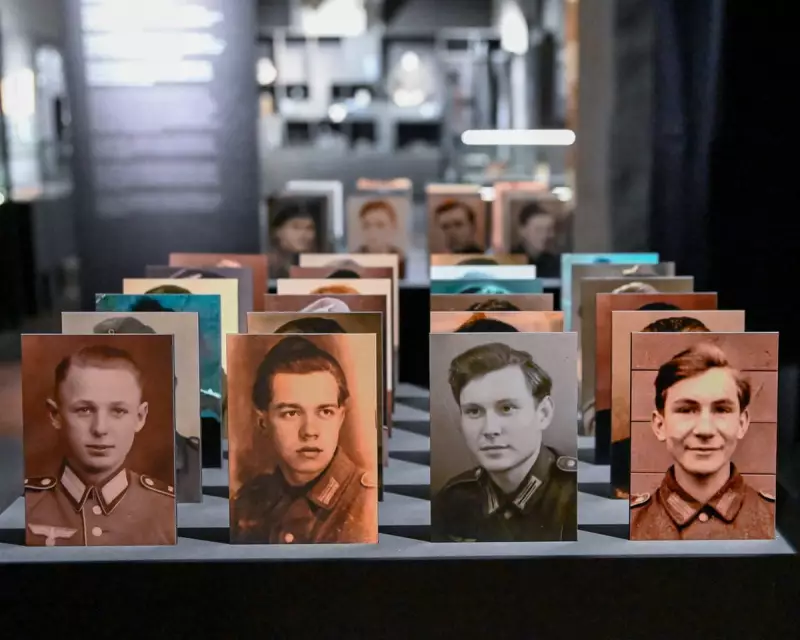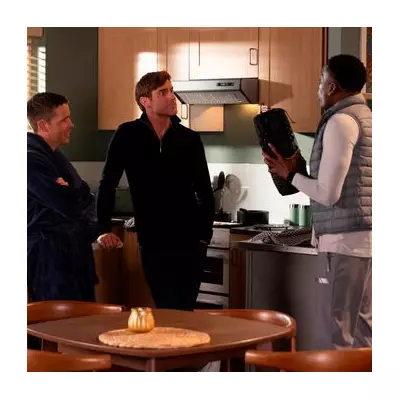
A powerful and deeply controversial new exhibition in Poland is tearing open old wounds, forcing a painful national reckoning with one of the Second World War's most complex legacies. 'Forgotten Victims. Upper Silesians in the Wehrmacht' delves into the harrowing, untold stories of Polish men from the Silesia region who were forcibly conscripted to fight for the enemy.
The display, hosted at the iconic Świętochłowice museum—a site once used as a Nazi labour camp—challenges decades of simplistic narratives. It presents a gut-wrenching dilemma faced by thousands: swear allegiance to Hitler or watch your family be deported to concentration camps or executed.
The Impossible Choice: A Rifle or a Death Sentence
Through poignant personal artefacts—last letters home, military dog tags, and photographs of young men in German uniforms—the exhibition illustrates a brutal reality. Men were given an impossible, soul-destroying choice. As one account reveals, refusal meant not just personal martyrdom, but a death sentence for entire families.
This historical nuance directly confronts Poland's long-held self-image as a nation of unwavering heroes and victims. It introduces a troubling grey area, acknowledging that some citizens, under unimaginable duress, wore the enemy's uniform to ensure their loved ones survived.
A Nation Divided: Heroism vs. Historical Complexity
The reaction has been explosive, exposing a raw nerve in the national psyche. The governing Law and Justice (PiS) party and its aligned media have launched a fierce campaign against the exhibition, labelling it a dangerous distortion of history that equates Polish victims with German perpetrators.
Critics, including the country’s education minister, accuse the curators of promoting a 'narrative of German guiltlessness' and undermining Poland's official historical doctrine. State-controlled media has run segments condemning the display, creating a fierce public and political backlash.
Curators Defend a Long-Silenced Truth
In response, the historians behind the project stand firm. They argue that the stories of these conscripts have been deliberately suppressed for over 70 years, a casualty of post-war communist narratives that demanded unambiguous heroism.
'This is not about creating equivalence,' explained one curator. 'It is about finally acknowledging the full spectrum of human suffering and the horrific, coercive mechanisms of the Nazi occupation. These men were victims of a terrifying system of collective responsibility, their faces erased from our history books.'
The exhibition does not shy away from the darkest outcomes. It documents how some conscripts, trapped by circumstance, committed atrocities on the eastern front, while others deserted at the first opportunity to join the Allied forces. Their post-war fate was often equally tragic, facing suspicion and persecution from both the communist state and their own communities.
By giving voice to these 'forgotten victims,' the exhibition does more than document history; it holds up a mirror to modern Poland, asking difficult questions about memory, trauma, and who is permitted to be considered a victim in a nation's story.





